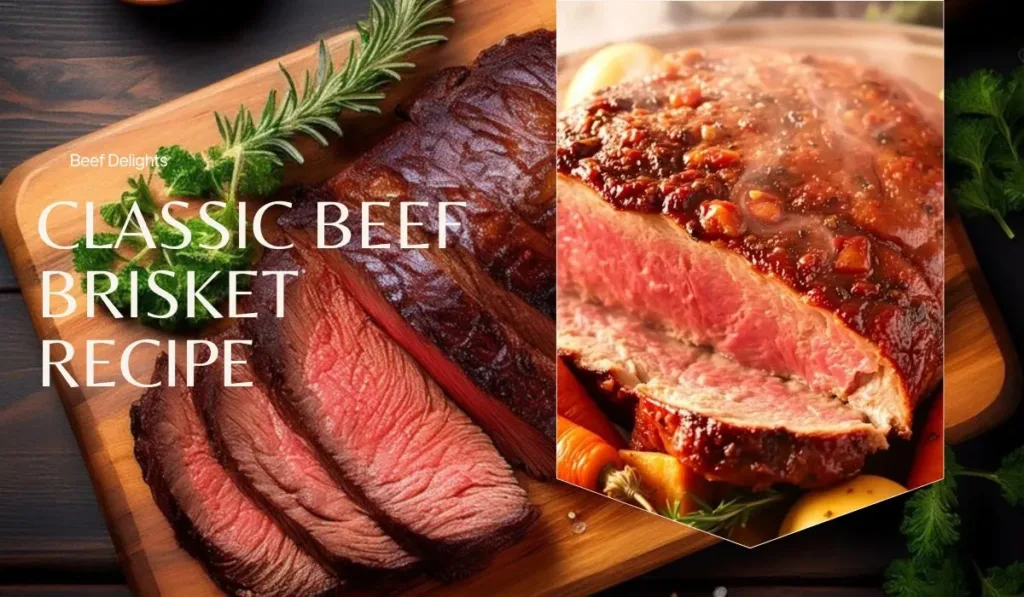Table of Contents
Introduction
Classic Beef Brisket Recipe is a delicious and versatile cut of meat, prized for its prized flavor and tenderness when cooked correctly in any of a number of cuisines. In this comprehensive guide for you, I’ll explore beef brisket characteristics, different cooking methods, some popular recipes, tips for the perfect home cooked brisket.
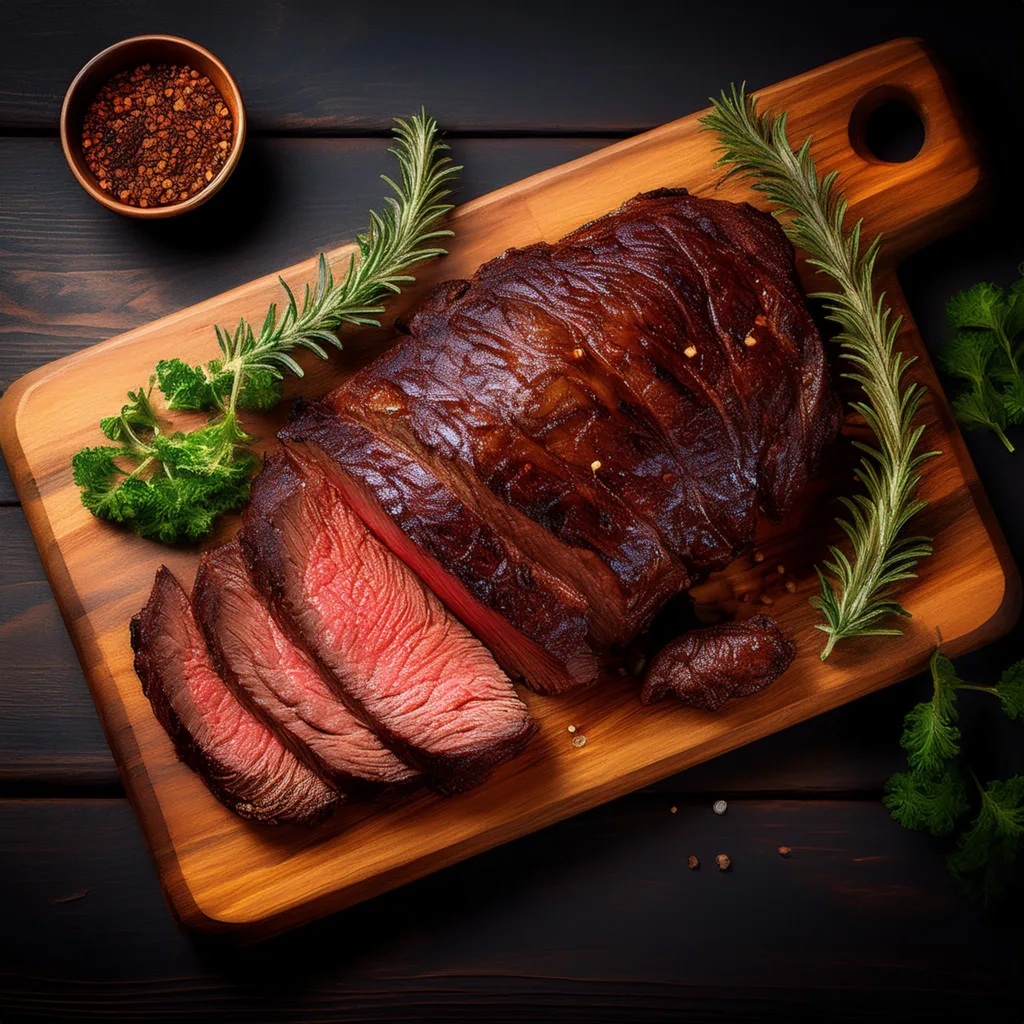
Understanding Beef Brisket
Brisket refers to an area from the lower chest or breast of the cow, one characterized by much connective tissue (including ‘slab’) and fat. Despite its name (sirloin), sirloin, like a number of tough cuts, needs slow, low temperature cooking methods to break up those tough fibers in order to slow cook and become tender and juicy. There are two primary sections of the brisket:
- Flat Cut (First Cut): This rectangular, uniform shaped linear portion is very suitable for slicing. It’s handy to have when you need to make dishes with neat presentation, like corned beef or pastrami.
- Point Cut (Second Cut): This section, which has more fat and marbling, is chosen for shredded dishes because its flavor is so much better. Also, the higher fat content contributes to moist, flavorful results due to the fact that the fat renders higher.
The cut you choose will depend on what you are cooking and, in some cases, which dish you are making. For example the flat cut may be used for recipes calling for uniform slices while the point cut for recipes that demand tenderness and flavor.
Cooking Methods for Classic Beef Brisket Recipe
To get tender and juicy brisket, slow and low heat is required to break down its tough fibers.
Here are three popular methods:
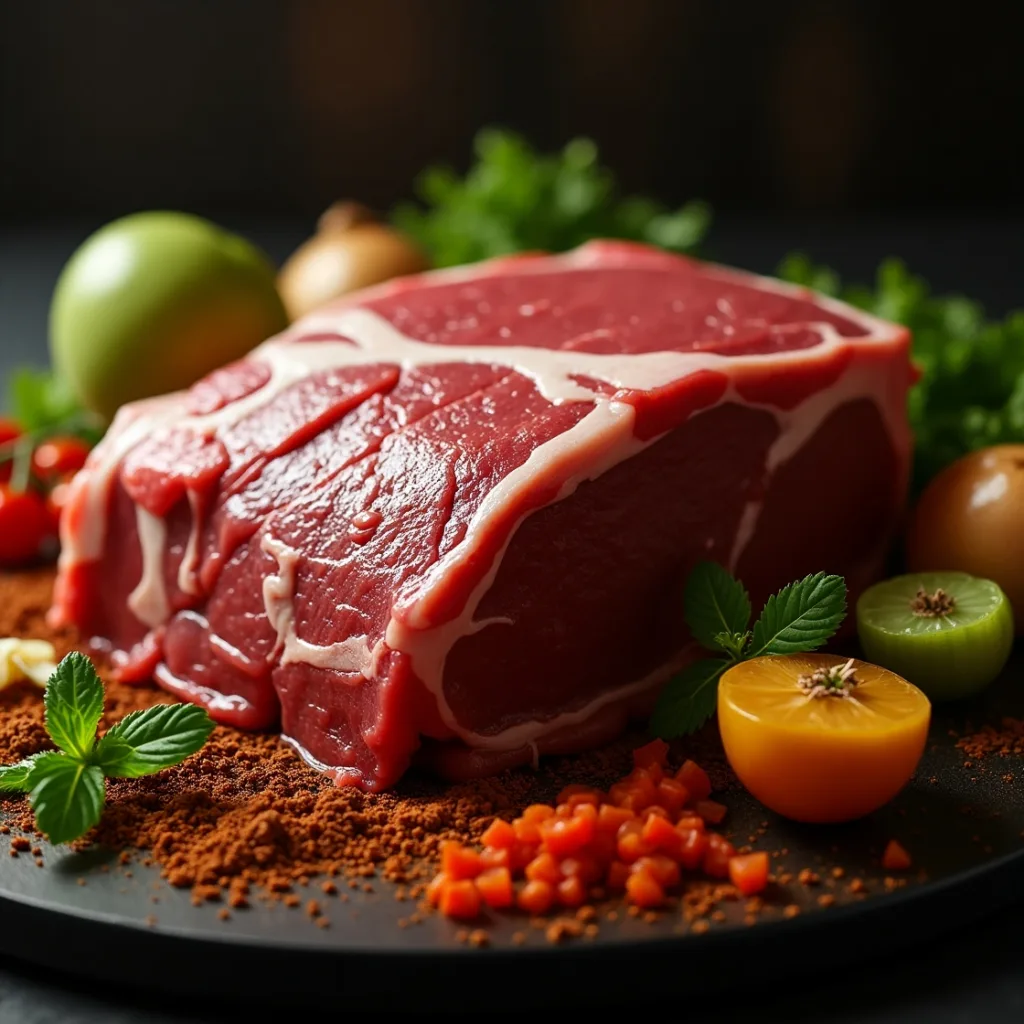
1. Oven-Baked Brisket
Preparation:
Marinating the brisket in a mixture of spices or marinade works wonders, creating a flavor lock treated brisket. The common seasonings are garlic, paprika, black pepper and brown sugar. It marinating enables the flavours to get the true meat.
Cooking:
Slow smoke is brisket smoked at a low temperature (225ºF or 107ºC), they smoke until the internal temperature reaches about 195ºF to 205ºF (90ºC to 96ºC). A must for optimum results is to add a consistent smoker temperature, and high quality wood chips like hickory or oak.
- Tips: If basting periodically while cooking, and allowing the brisket to rest after cooking will help retain juices. It rest redistributes juices so each slice will be moist and delicious.
2. Slow Cooker Brisket
Preparation:
Rub dry or marinade the brisket. Cooking to sear some of the fat off the brisket at the beginning helps create a caramelized crust, and adds depth to the flavor.
Cooking:
Put your brisket with vegetables and some liquid, like broth, in the slow cooker. When it’s tender, it’s done cook on low for 8 to 10 hours. The busy schedule friendly technique is great for the hands off busy person and produces a very tender result.
- Tips: Even slow cooking a brisket gives it a bit of depth to the flavor if you’ve seared it first. On top of this, the slow cooker will also tend to flavor the meat with aromatics like onions, carrots and potatoes picked not to be cooked, but rather placed at the bottom of the slow cooker, where they will drape the meat with flavors.
3. Smoked Brisket
Preparation:
Sprinkle rub of spices on brisket and let sit few hours or over night. Salt, black pepper, paprika, cayenne are common rub ingredients. During the smoking, the flavorist dry rub develops a flavor crust referred to as the bark.
Cooking:
Brisket is smoked at a low temperature (225°F or 107°C), with a smoke until the internal temperature reaches about 195°F to 205°F (90°C to 96°C). To add a consistent smoker temperature and high quality wood chips, like hickory or oak, is a must for optimal results.
- Tips: To monitor the internal temperature of the brisket, you put a meat thermometer into the meat to see when it’s ready to be cooked. Smoking brisket halfway through cooking in butcher paper or foil over the Texas Crutch, is a way to keep from drying out the meat, and to help it cooks faster.
Popular Classic Beef Brisket Recipe
Here are some popular ways to prepare beef brisket, offering diverse flavor profiles and cooking techniques:
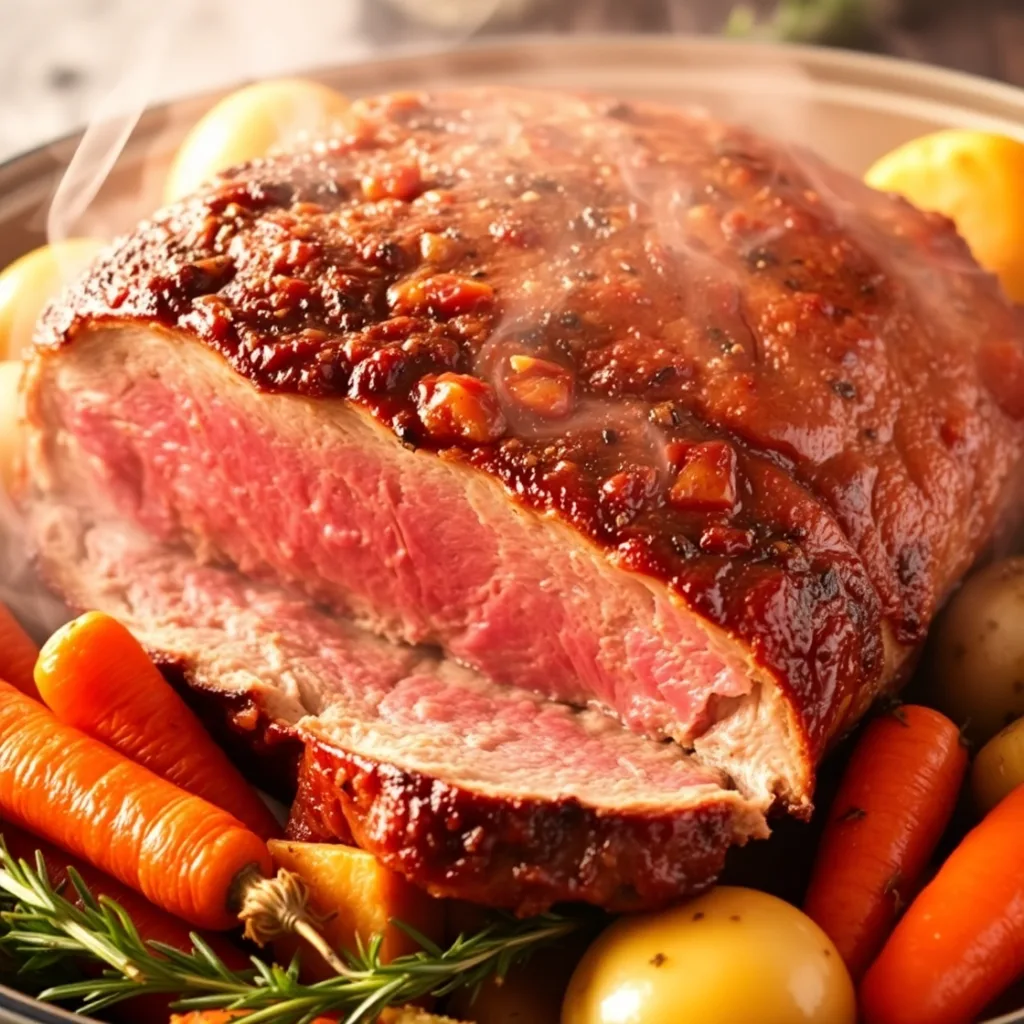
Classic Beef Brisket Pot Roast
Ingredients:
- Beef brisket
- Onions
- Carrots
- Potatoes
- Garlic
- Beef broth
- Tomato paste
- A blend of herbs
Preparation:
- Brisket needs to be seared to develop a flavor crust.
- Put the brisket, vegetables and broth in the oven and roast.
- Put the brisket in the pot in some liquid and cook until tender.
- This rich hearty combination of vegetables and broth makes a good family dinner.
Serving Suggestions:
Serve with mashed potatoes or crusty bread to match the rumpled gravy. If you want to enhance your gravy, then you deglaze the roasting pan to roast with wine or more broth, and then simmer to reduce and concentrate the flavor.
Simply the Easiest Beef Brisket
Ingredients:
- Beef brisket
- Onion soup mix
- Chili sauce
Preparation:
- Put the brisket in a roasting pan.
- Sprinkle it with onion soup mix.
- Cover with chili sauce.
- Bake until tender.
For beginners or those looking for a hassle-free dinner, this recipe needs a minimum preparation.
Serving Suggestions:
Roast vegetables or a fresh green salad. Sides, like steamed green beans or a light coleslaw, work well with its richness but let the tangy sauce stand on its own.
Beef Brisket with Gravy and Vegetables in Slow Cooker
Ingredients:
- Beef brisket
- Onions
- Carrots
- Potatoes,
- Garlic
- Beef broth
- Seasonings
Preparation:
- Slow cooker, layer sliced onions, carrots and potatoes and frozen cranberries at the bottom.
- Seasoned brisket should be placed on top of vegetables.
- When mince garlic, add to the meat and vegetable and pour beef broth over the meat and the vegetable.
- Put brisket on low and let cook 6 to 8 hours, or until tender.
Serving Suggestions:
When it comes time to finish your brisket, which serves easily tastes better against the grain then carve into slices while continuing in the same direction.
Tips and Tricks for Perfect Brisket
- Selecting the Right Cut: Marble flavorful and tender brisket and choose a brisket that isn’t too fat. It is the fats that make the meat juicier and give it that taste.
- Resting the Meat: When cooked, leave this brisket to rest for at least 15 minutes to redistribute juices. In other words, it allows each slice to rest until it’s moist and flavorful.
- Slicing Technique: Always slice against the grain, to avoid leaving you with tough bites. When the muscle fibers are shorted against the grain they are easier to chew.
- Portion Planning: Allow 1/2 pound (225 grams) of raw brisket per person allowing for shrinkage while cooking. This estimation will help you plan the quantity expected for your gathering.
Serving Suggestions
Traditional Sides:
The classic accompaniments are cole slaw, cornbread and pickles. The tanginess and sweetness lend a natural sweetness and delicacy to the pot, the brisket has a good savory moan to it, and Coleslaw and cornbread have a good natural savory, the tanginess and sweetness behind the pot.
Leftover Ideas:
Leftover brisket becomes are delicious second meal in sandwiches, tacos, and salads. Reheated, shredded brisket is a good addition as a filling in many different dishes, providing it with versatility and convenience.
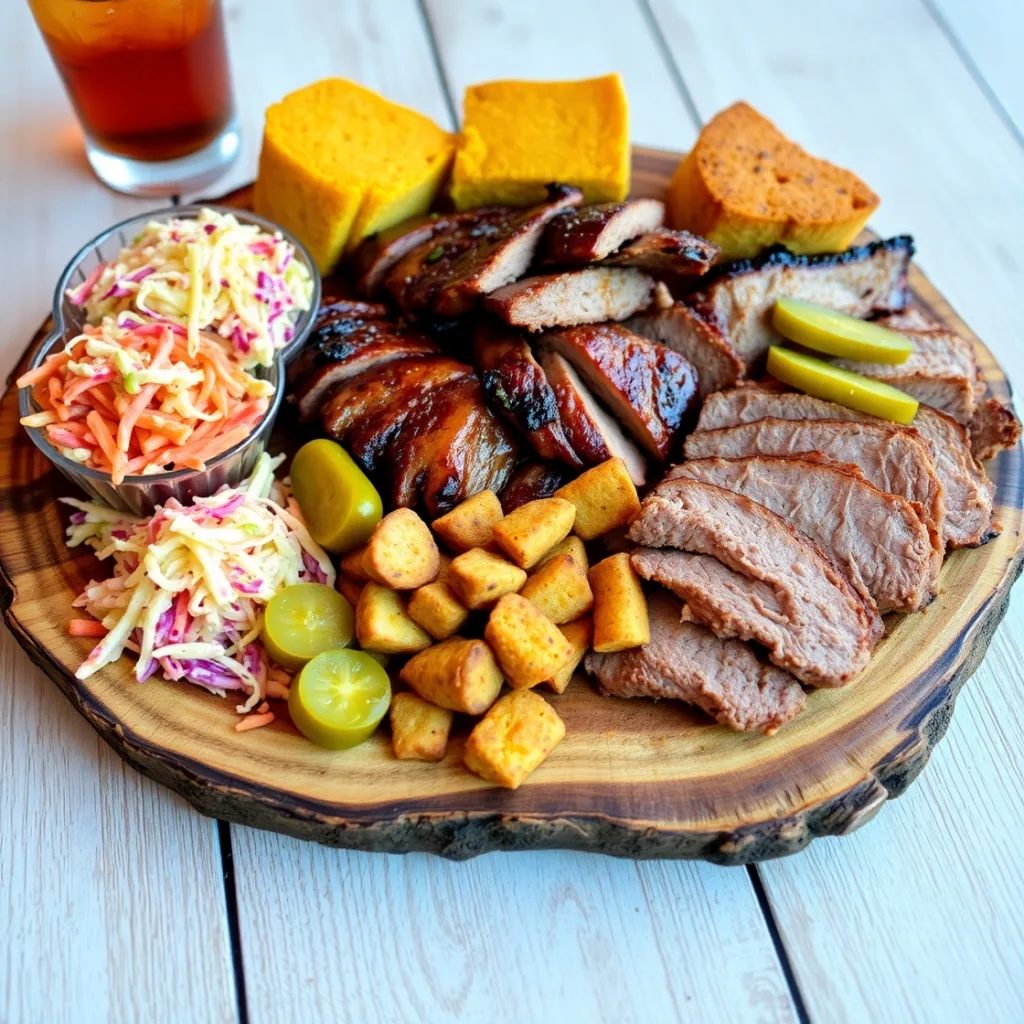
Conclusion
As none is more welcome than the beef brisket, learning how to cook other pieces of beef is quite beneficial. Understanding the cut, selecting the correct cooking techniques and applying suitable preparation procedures will help you to create mouthwatering cuisine fit for guests and relatives. Try out these dishes and see which one fits your given calendar. Whether you slow-cooked, roasted, or smoked, beef brisket has a strong, rich taste ideal for savoring in so many wonderful ways.

